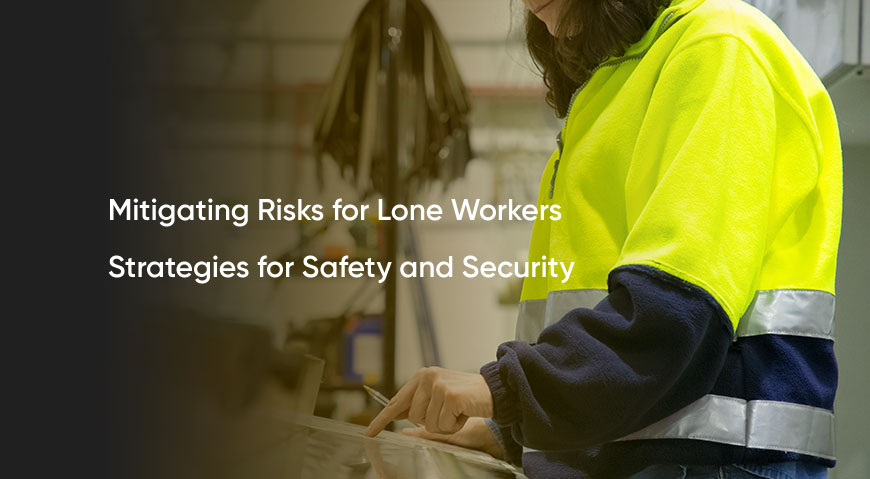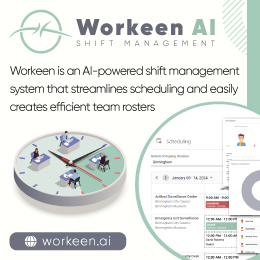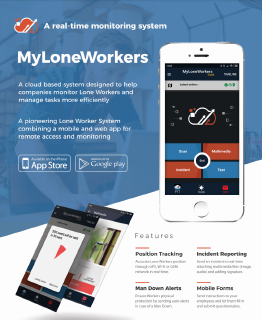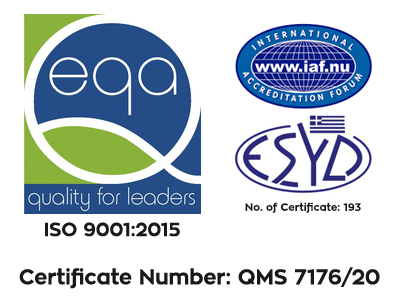
Working alone presents unique challenges that require tailored safety measures to ensure the well-being and security of individuals operating in solitary environments. Whether in remote locations, unconventional hours, or diverse industries, mitigating risks for lone workers demands proactive strategies and comprehensive safety protocols.
Understanding the Risks Faced by Lone Workers
Lone workers operate in various settings, from construction sites and healthcare facilities to delivery services and freelancing. The absence of immediate assistance and limited access to support systems amplifies the risks they face. Common hazards include accidents, medical emergencies, violence, and environmental factors.
Risk Assessment and Preparedness
Prioritizing safety begins with a thorough assessment of potential risks specific to the lone worker's environment. Understanding the nature of hazards and their potential impact enables the formulation of proactive safety protocols and emergency response plans.
Tailored Training and Education
Empowering lone workers with comprehensive training and education is pivotal. This includes familiarizing them with risk factors, safety protocols, emergency procedures, and the proper use of safety equipment. Regular training sessions ensure preparedness and confidence in handling diverse situations.
Utilizing Technology for Safety
Innovative technologies play a crucial role in enhancing the safety of lone workers. Mobile applications, wearable devices, and tracking systems offer real-time communication, location tracking, and emergency alerts, serving as lifelines during critical situations.
Effective Communication Channels
Establishing reliable communication channels is imperative for lone workers. Access to designated contacts, emergency services, and supervisors ensures swift response and support during emergencies.
Strategies to Mitigate Risks for Lone Workers
1 Implementing Comprehensive Safety Protocols:
 Develop clear and concise safety protocols tailored to the specific risks faced by lone workers in their respective environments.
Develop clear and concise safety protocols tailored to the specific risks faced by lone workers in their respective environments. Ensure these protocols are easily accessible, regularly reviewed, and updated to address evolving risks.
Ensure these protocols are easily accessible, regularly reviewed, and updated to address evolving risks.
2 Utilizing Personal Safety Devices:
 Equip lone workers with wearable panic buttons or mobile applications that enable instant distress alerts and location sharing during emergencies.
Equip lone workers with wearable panic buttons or mobile applications that enable instant distress alerts and location sharing during emergencies. Invest in devices like ManDown sensors that detect falls or impacts, triggering immediate alerts in case of incapacitation.
Invest in devices like ManDown sensors that detect falls or impacts, triggering immediate alerts in case of incapacitation.
3 Establishing Check-In Procedures:
 Implement regular check-in procedures where lone workers report their status or location at designated intervals.
Implement regular check-in procedures where lone workers report their status or location at designated intervals. Automate welfare checks through technology, triggering alerts if these checks aren't completed within specified timeframes.
Automate welfare checks through technology, triggering alerts if these checks aren't completed within specified timeframes.
4 Providing Comprehensive Training:
 Offer thorough training sessions covering risk assessment, emergency procedures, and the utilization of safety equipment.
Offer thorough training sessions covering risk assessment, emergency procedures, and the utilization of safety equipment. Ensure ongoing education and refresher courses to reinforce safety practices and keep lone workers updated on protocols.
Ensure ongoing education and refresher courses to reinforce safety practices and keep lone workers updated on protocols.
5 Encouraging Open Communication:
 Foster a culture of open communication where lone workers feel empowered to report concerns, incidents, or potential risks without fear of repercussions.
Foster a culture of open communication where lone workers feel empowered to report concerns, incidents, or potential risks without fear of repercussions. Establish feedback mechanisms to continuously improve safety measures based on real-time experiences and insights from workers.
Establish feedback mechanisms to continuously improve safety measures based on real-time experiences and insights from workers.
6 Implementing Remote Monitoring Systems:
 Utilize technology for remote monitoring and supervision, enabling real-time tracking of lone workers' activities and locations.
Utilize technology for remote monitoring and supervision, enabling real-time tracking of lone workers' activities and locations. Incorporate systems that detect deviations from scheduled tasks, potentially indicating safety issues, and trigger alerts for immediate intervention.
Incorporate systems that detect deviations from scheduled tasks, potentially indicating safety issues, and trigger alerts for immediate intervention.
7 Conducting Regular Risk Assessments:
 Regularly assess and reassess the work environment, considering changes in circumstances, locations, or tasks that may impact safety.
Regularly assess and reassess the work environment, considering changes in circumstances, locations, or tasks that may impact safety. Involve lone workers in the assessment process to gain insights and perspectives on potential risks they encounter.
Involve lone workers in the assessment process to gain insights and perspectives on potential risks they encounter.
Mitigating risks for lone workers demands a multifaceted approach encompassing proactive safety protocols, innovative technologies, comprehensive training, and effective communication channels. Prioritizing their safety not only safeguards individuals but also fosters a culture of preparedness, empowerment, and support in solitary work environments. By implementing tailored strategies and embracing advancements in safety technology, organizations can ensure the well-being and security of lone workers, empowering them to operate confidently and safely in their respective roles.
For more info, you can contact us anytime at sales@myloneworkers.com
Written by Maria-Christina Antoniou









